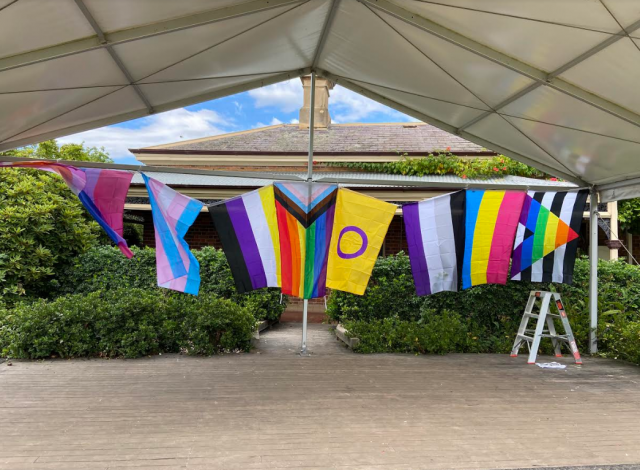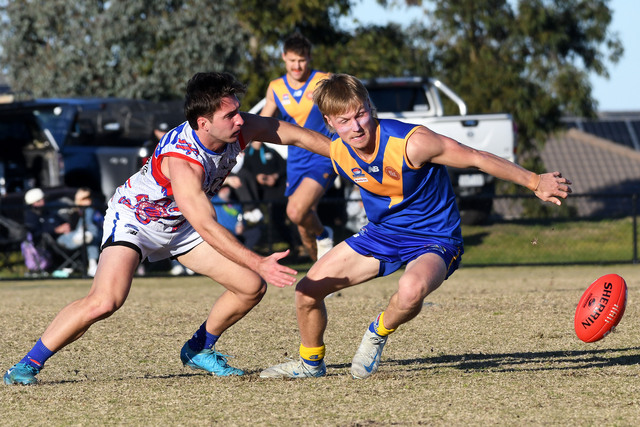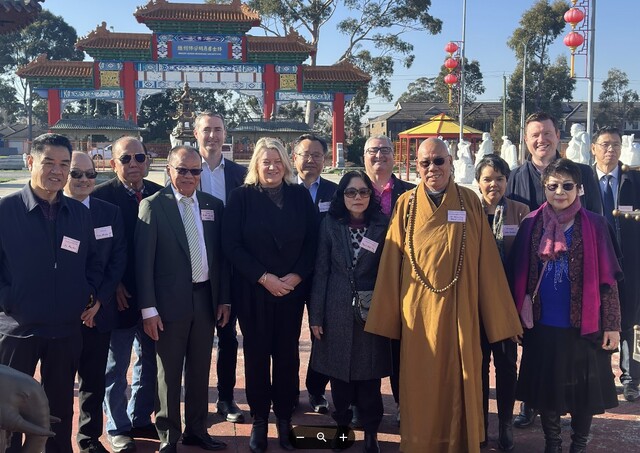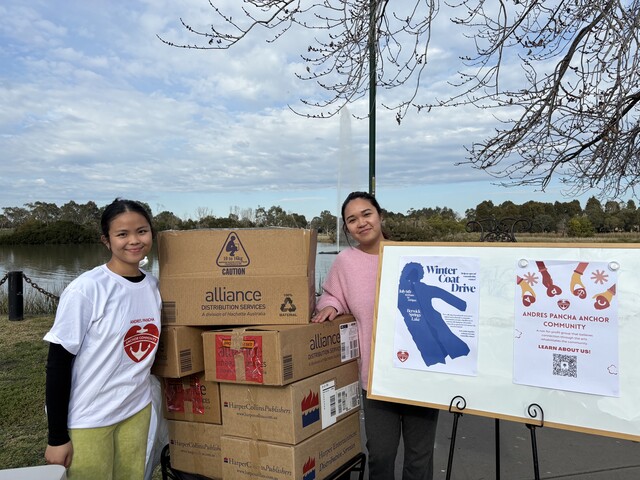To celebrate IDAHOBIT Day, Star News has profiled six members of the LGBTQIA+ community across Casey and Dandenong.
IDAHOBIT Day – International Day against homophobia, biphobia, intersexism and transphobia – has been held since 1990 on the same date, 17 May, annually.
The day attempts to educate people, foster inclusion and combat discrimination.
Star News spoke to Jobi Petty, a member of the LGBTQIA+ community, in April who discussed the lack of visibility as a key issue among the queer community in the outer southeast.
To raise awareness across Casey and Dandenong, Star News found out more about the journeys of several LGBTQIA+ members.
In a later edition celebrating Pride Month in June, Star News will also detail the key issues that the queer community believe exist in the southeast region.
The below participant shared her journey anonymously.
Dhi: she/her
A pseudonym has been assigned to this participant and certain specific details have been withheld to conceal her identity.
Dhi is a young woman that has grown up and works in the City of Casey.
Of South Asian descent, she keeps her sexuality – lesbian – mostly private, fearing retribution from her culture if she comes out.
Doing so means she misses out on several elements of her life, which she has come to accept.
She has been with her girlfriend for several years but does not display public affection, feels somewhat disconnected from her queer identity and cannot bring her home for a family dinner, knowing the acceptance from her family has been limited.
Although she has been glad to see the increased acceptance of LGBTQIA+ people in the southeast and the initiation of the Casey Rainbow Community, Dhi herself does not attend events; doing so would out herself to people in attendance.
While she supported events such as Pride March, Dhi warned that the sentiment expressed there was not necessarily a true representation of the broader queer community.
Stories such as the difficulty of feeling compelled to live as a closeted queer due to culture, maintaining a secret relationship, feeling apprehensive to stand up for LGBTQIA rights due to being suspected or not knowing how to come out are often untold as such people are too fearful to attend.
Without a cultural shift, she knows that telling those stories is a snookering proposition; establishing a community group or facility, for example, would not necessarily be successful as those people would be reluctant to attend and therefore out themselves.
Dhi is of the belief that much of increased inclusion of the LGBTQIA+ community in recent years has been “preaching to the converted”.
“I feel like there needs to be resources towards the parents moreso than the child,” she said.
“There’s promotion about ‘be yourself, love is love, do what you want to do’ rather than what to do if my child is queer in this community.
“I think there should be a lot more education in community groups.”
Her opinion is somewhat shaped by her time at school.
Dhi went through a highschool in Casey when the marriage equality plebiscite was taking place, meaning people were expressing opinions
She recalled someone in her cohort writing an essay against marriage equality, one example of the rife casual homophobia that she experienced throughout highschool.
Slurs were embedded in the culture and vocabulary of the school community.
“There were teachers who were outright homophobic at times, cracking jokes.
“There was no-one out in the year level – you wouldn’t feel comfortable because you don’t want to be the butt of the joke.”







